#North Vietnam
Explore tagged Tumblr posts
Text
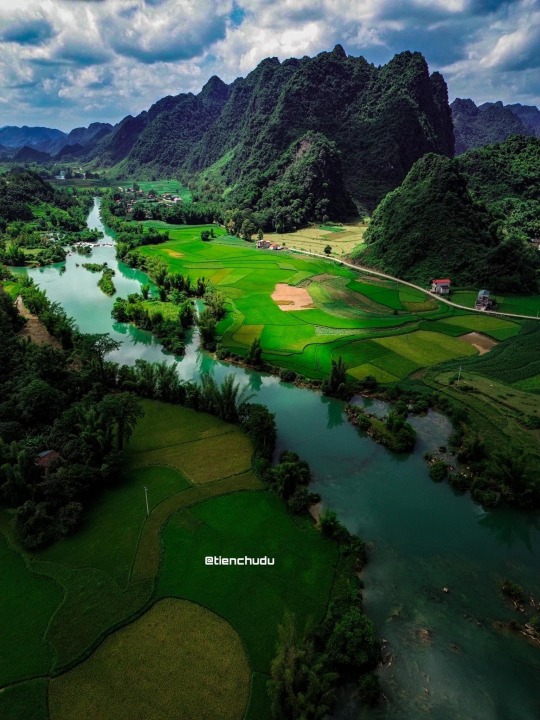
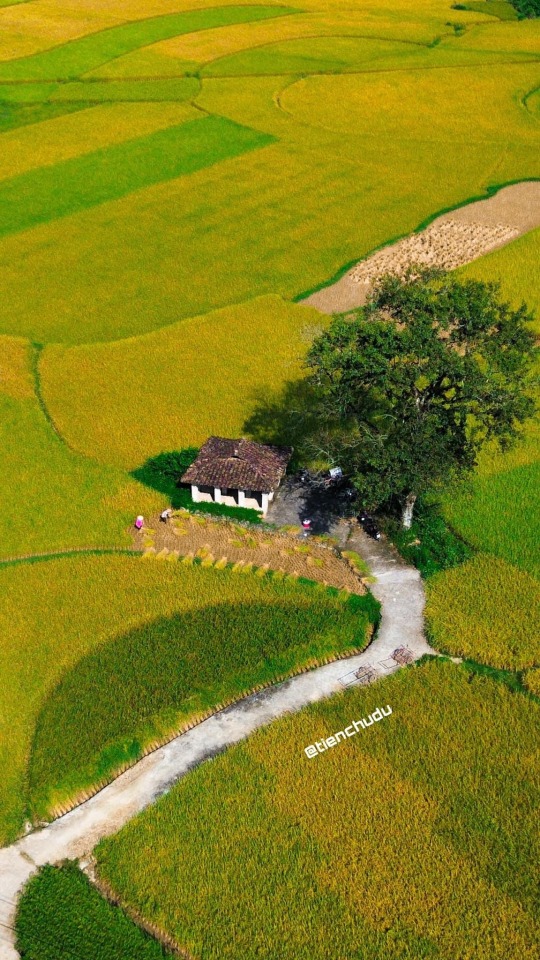

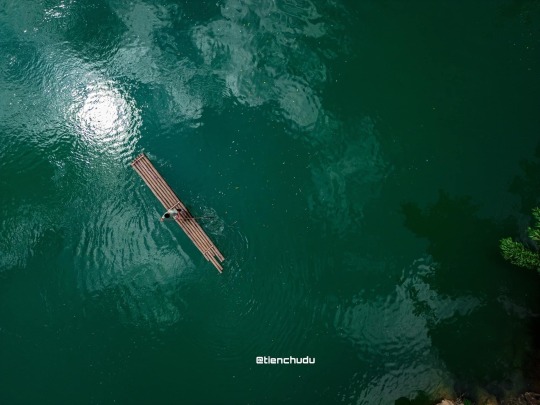

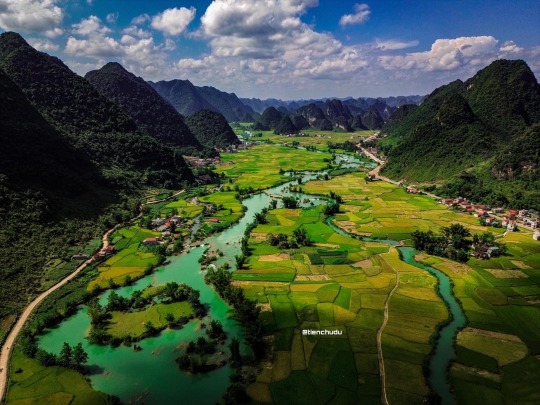
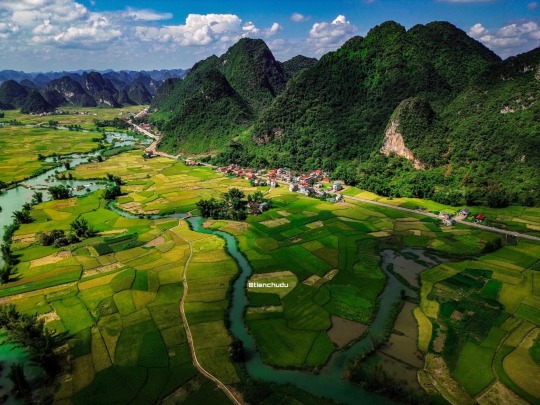

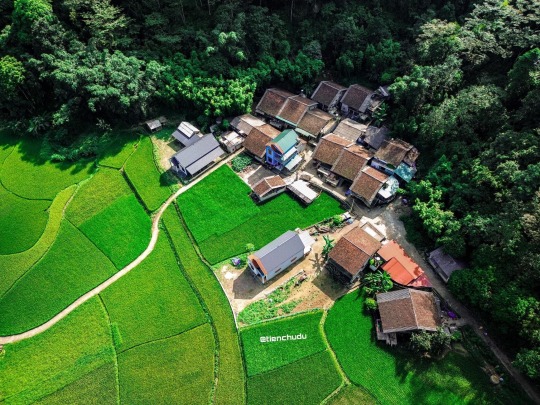

Cao Bằng, Vietnam. Credit to Tiến Chu.
#vietnam#vietnamese#culture#travel destinations#travel#north vietnam#southeast asia#southeastasia#se asia#seasia#mountains#rivers#landscape#natural landscape#beautiful#awe inspiring#awesome#travel bucket list#visit vietnam#green aesthetic#rice field#paddy field#farmers#rural landscape#adventure time#wanderlust#beautiful photos#nature#trekking#hiking
581 notes
·
View notes
Text

Fidel Castro with Viet Cong fighters, September 1973.
#vietnam war#viet cong#victory#fidel castro#việt nam#Vietnam#1970s#war history#cold war#castro#photography#Raise#flag#the victor#freedom fighters#guerrilla#tumbler#tumblr#photo#photoshoot#wars#aisa#guerra de vietnam#vietnam army#vietnamese#north vietnam#picture#soldiers#history
63 notes
·
View notes
Text

"You can only hear the sound of cicadas" By Artist A. G. Danchenko. 1972
From the book "В странах друзей" Published by Soviet artist.
#history#socialism#communism#leftism#marxism#marxism leninism#asia#vietnam#vietnam war#north vietnam#art
59 notes
·
View notes
Text

"North Vietnam women fighters stick to their posts and fire at enemy planes with their rifles"
#Scans#Books#People's Army of Vietnam by Douglas Pike#Vietnam War#Vietnam#North Vietnam#PAVN#Vietcong#Outlaws and Partisans
23 notes
·
View notes
Text

Ba Be Lake, North Vietnam: Ba Bể Lake is the largest natural lake in Vietnam. It is located in Nam Mẫu commune, Ba Bể district, Bắc Kạn Province in the Northeast region of the country. Having been formed approximately 200 million years ago, the lake is surrounded by limestone cliffs, which in turn are covered by primary forests. Wikipedia
78 notes
·
View notes
Text









bring Tet home by Rọt
#photography#tet#lunar new year#happy new year#holiday#street photography#home#bike#photographers on tumblr#vietnam#north vietnam#south vietnam#asia#asian#culture#cultural#traditional#instagram#rot#aesthetic#aes
16 notes
·
View notes
Text

Young girl and her father inside a bunker, North Vietnam, 1965 - by Romano Cagnoni (1935 - 2018), Italian
100 notes
·
View notes
Text
Please feel free to leave additional thoughts in the replies and tags!
#vietnam#vietnam war#laos#cambodia#america#viet cong#south vietnam#communism#capitalism#ho chi minh#le duan#westmoreland#lyndon b. johnson#richard nixon#agent orange#henry kissinger#indochina#north vietnam
15 notes
·
View notes
Text
Kayaking then caving through Phong Nha cave to an underground lake 4 km deep into the cave with with only a headlamp to light my way after the tourist boats stop with bats and bugs swooping over is honestly probably the coolest thing I’ve ever done.


Some truly explosive sights (phong nha cave was used as a hospital and storage area and bombed during the Vietnam war)


Part of the cave lake

Ancient Cham cave writing


Prev 2 photos from Heaven cave, used as a hospital during the Vietnam War

#jessica speaks#travel#river#phong Nha#phong Nha ke bang national park#national park#Vietnam#north vietnam#caves#cave#caving#kayaking#Southeast Asia#Asia
8 notes
·
View notes
Text

youtube
#podcasts#history#the cold war#vienna summit#john f kennedy#nikita khrushchev#easing of tensions#informal talks#expressing views#nato#berlin crisis#two months before the berlin wall goes up#berlin wall#the laos situation#north vietnam#communist insurgency#nuclear testing#nuclear proliferation#keeping open the channels of communication between the great powers#to talk as people#goodnight
3 notes
·
View notes
Text

Just a couple of MIG’s hanging out on an American Carrier with a cruise ship as the background parked in NYC. Nothing to see here.
@Tomcatjunkie via X
4 notes
·
View notes
Text










Mù Cang Chải, Vietnam. Credit to Nguyễn Trọng Cung.
321 notes
·
View notes
Text

Two National Liberation Front (NLF, Viet Cong) women fighters salvage wreckage from a downed USAF plane, c. 1968.
#vietnam war#viet cong#cold war#vietnam#north vietnam#photography#war history#1960s#1970s#vietnamese#us marines#guerra de vietnam#my tumblr#my post#tumbler#tumblr girls#war#photoshoot#asia#history
52 notes
·
View notes
Text
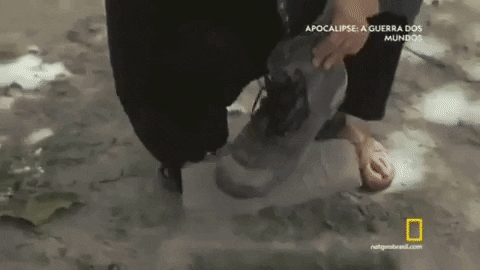

#cold war#50's#60s#indochina#Cochinchina#vietnam#north vietnam#soldiers#soldier#documentary#my gif#gifs#my edit#Indochina Wars#Indochina War in France#the French War in Vietnam#hanoid#saigon
12 notes
·
View notes
Text

ASSEMBLE THE PARTY MEMBERS -- VIETNAMESE LIBERATION IS NOW.
PIC INFO: Spotlight on a shot of Le Duan, general secretary of the Vietnamese Communist Party, with Ho Chi Minh at a rally in Hanoi, North Vietnam in 1966. 📸: Nihon Denpa.
OVERVIEW: "As any account of combat in the Vietnam War will tell you, America fought an “elusive enemy”: guerrillas who would strike and then disappear; battalion commanders who refused to engage in open battles. But there’s more to the cliché than most people realize. Even by 1967, America’s military, intelligence and civilian leaders had no real idea who was actually calling the shots in Hanoi.
To some extent, this is what the North wanted — the impression that decisions were made collectively, albeit under the gentle guiding hand of President Ho Chi Minh. But the American confusion also, inadvertently, reflected the messy, factionalized reality of North Vietnamese politics, one that historians are only now coming to grasp. Thanks to the slow if capricious process of historical declassification, the publications of renegade memoirs and histories, the dissemination of “open letters” by disgruntled former leaders, and the careful and painstaking research and analysis by Vietnam specialists, we now have a better understanding of who was on top in Hanoi and what battles he waged to get there.
During the war, American intelligence experts cycled through a long list of suspects. At one point or another, intelligence reports and analyses at the time named all 11 members of the top Communist leadership, the Political Bureau or Politburo (Bo Chinh Tri), as the true leader of the Vietnamese Workers’ Party.
The obvious choice, and the one portrayed as the North’s leader in the press, was Ho Chi Minh, a grandfatherly figure whose global travels and illustrious anticolonial career made him a world-renowned figure. Another popular candidate was Vo Nguyen Giap, the general credited with foiling superior French forces in spectacular fashion at Dien Bien Phu. Even Prime Minister Pham Van Dong, who represented the Democratic Republic of Vietnam at the Geneva talks in 1954, was put forward as the real mastermind behind Hanoi’s war.
In fact, it was none of these. The real leader was Le Van Nhuan, who later took the name Le Duan, a nondescript party official from humble origins in central Vietnam."
-- THE NEW YORK TIMES, "Who Called the Shots in Hanoi?," by Lien-Hang Nguyen, published February 14, 2017
Source: www.nytimes.com/2017/02/14/opinion/who-called-the-shots-in-hanoi.html.
#Le Van Nhuan#Le Duan#Ho Chi Minh 1966#Vietnamese Liberation#North Vietnam#Hanoi#Political Rally#Vietnamese Communist Party#Uncle Ho#🇻🇳#Vietnam War#Photography#Communist#Communism#Political figures#Vietnamese#Communist Vietnam#Ho Chi Minh#60s#Vietnamese history#Vietnamese Leaders#Sixties#1960s#1966#Indochina#Vietnam
6 notes
·
View notes
Text
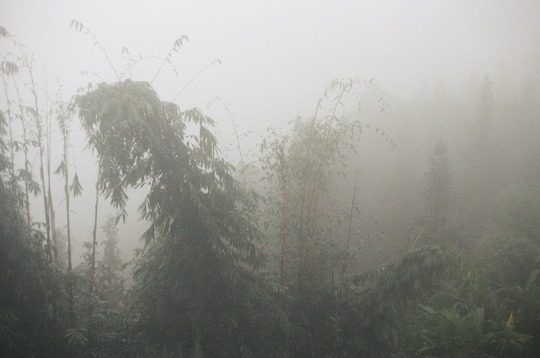
Hà Giang, Việt Nam
3 notes
·
View notes